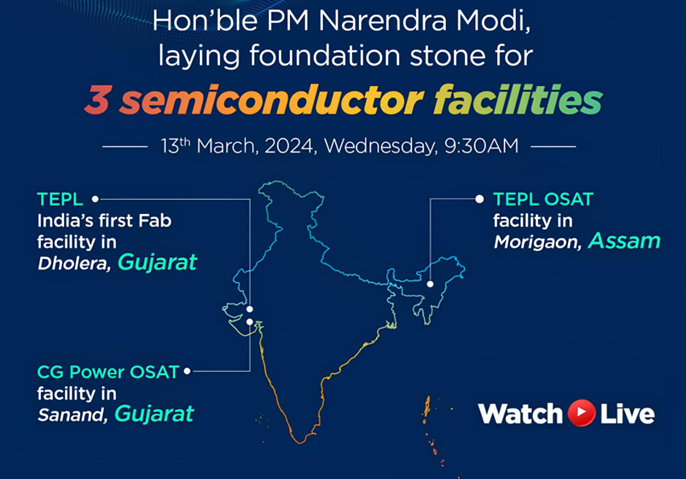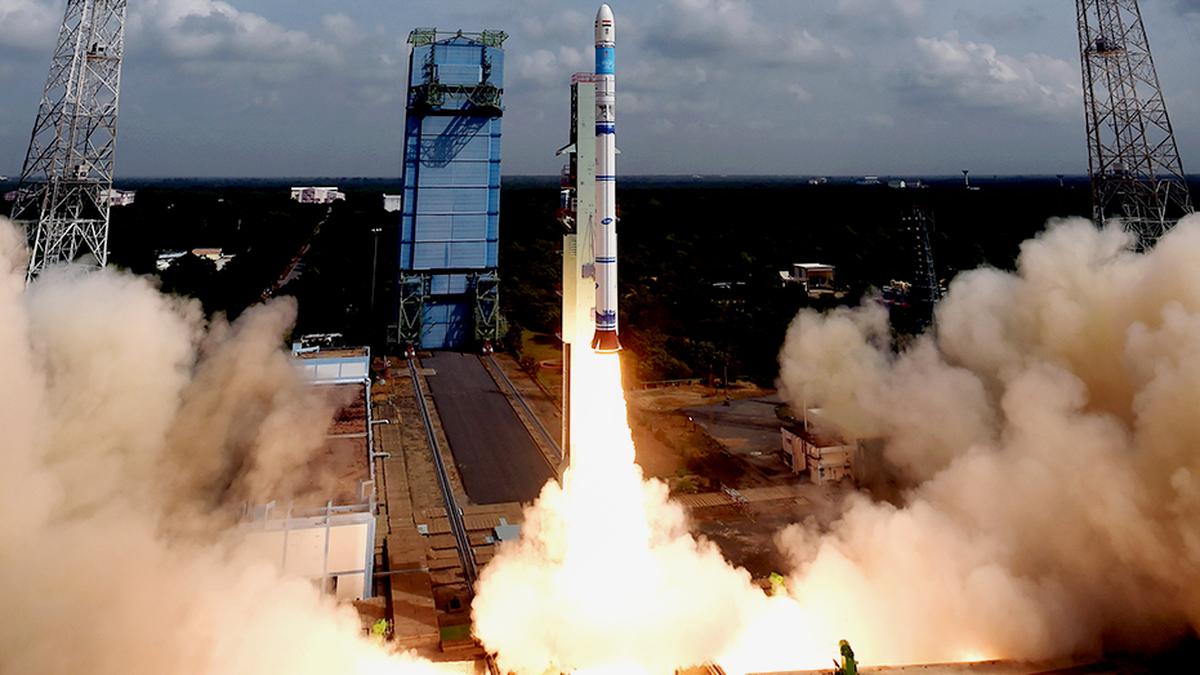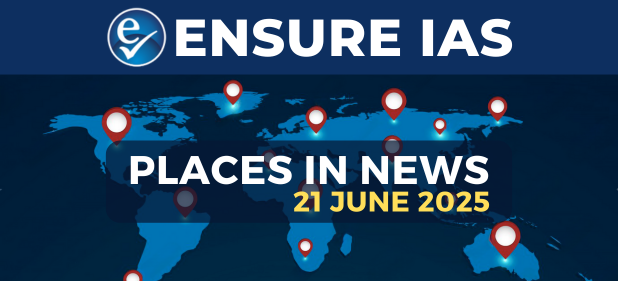- Courses
- GS Full Course 1 Year
- GS Full Course 2 Year
- GS Full Course 3 Year
- GS Full Course Till Selection
- Answer Alpha: Mains 2025 Mentorship
- MEP (Mains Enrichment Programme) Data, Facts
- Essay Target – 150+ Marks
- Online Program
- GS Recorded Course
- Polity
- Geography
- Economy
- Ancient, Medieval and Art & Culture AMAC
- Modern India, Post Independence & World History
- Environment
- Governance
- Science & Technology
- International Relations and Internal Security
- Disaster Management
- Ethics
- NCERT Current Affairs
- Indian Society and Social Issue
- NCERT- Science and Technology
- NCERT - Geography
- NCERT - Ancient History
- NCERT- World History
- NCERT Modern History
- CSAT
- 5 LAYERED ARJUNA Mentorship
- Public Administration Optional
- ABOUT US
- OUR TOPPERS
- TEST SERIES
- FREE STUDY MATERIAL
- VIDEOS
- CONTACT US
INDIA’S NEW SEMICONDUCTOR PROJECTS
INDIA’S NEW SEMICONDUCTOR PROJECTS
16-03-2024

- March 13, 2024, Prime Minister Narendra Modi laid the foundation stone of three semiconductor projects worth about Rs 1.25 lakh crore through virtual medium.
- These projects are set to:
- Transform India into a global semiconductor hub.
- Boost economic growth.
- Boost innovation in the country.
The Three Semiconductor Projects
-
Dholera Special Investment Region (DSIR) in Gujarat
- Semiconductor fabrication facility
- Investment: Rs 91,000 crore
- Expected to commence chip production by 2026
- Established by Tata Electronics Private Limited (TEPL) in partnership with Taiwan’s Powerchip Semiconductor Manufacturing Corporation (PSMC)
- Powered by renewable energy
- Dedicated water supply from Narmada river canal
-
Morigaon, Assam
- Outsourced Semiconductor Assembly and Test (OSAT) facility
- Investment: Rs 27,000 crore
- Developed by Tata Electronics Private Limited (TEPL)
- Will serve to electric vehicles, automotive, mobile phones, and power devices
-
Sanand, Gujarat
- Outsourced Semiconductor Assembly and Test (OSAT) facility
- Investment: Rs 7,500 crore
- Set up by CG Power and Industrial Solutions Limited under the Modified Scheme for Semiconductor Assembly, Testing, Marking and Packaging (ATMP)
India’s Semiconductor Mission
- All 3 projects are being incentivized under the India Semiconductor Mission.
- India Semiconductor Mission has an outlay of Rs 76,000 crore.
- This mission aims to position India as a prominent global center for:
- Semiconductor design
- Manufacturing
- Technology development
Employment Opportunities
- These semiconductor facilities are expected to generate employment opportunities for India’s youth.
- The Dholera facility alone is estimated to create around 20,000 skilled jobs, both directly and indirectly.
- The Morigaon plant is expected to generate 27,000 direct and indirect jobs.
Dholera Plant Details
- The Dholera plant, jointly established by Tata Group and Taiwan’s Powerchip Semiconductor Manufacturing Corporation (PSMC), aims to have its chip ready for production by the end of 2026.
- The plant will commence operations by manufacturing 28 nanometer chips and is poised to attain a total capacity of 50,000 wafer starts per month (WSPM).
- Wafer starts per month (WSPM) is a measurement of the output of a semiconductor wafer plant.
The chips produced at the Dholera facility will serve 7 broad sectors:
- High-power computing
- Electric vehicles
- Telecom
- Defence
- Consumer electronics
- Automobile
- Power electronics
Government Support:
- Up to 70% of the Dholera project cost is estimated to be covered by government subsidies from both central and state authorities.
- This makes it India's leading commercial semiconductor fab
- This has been a long-term goal of the government.
Must Check: Best IAS Coaching In Delhi



